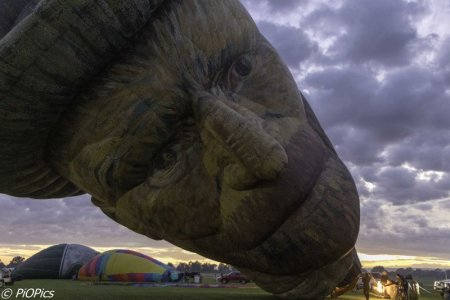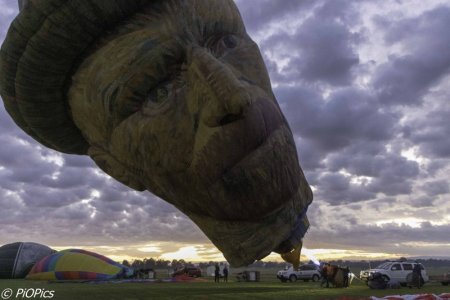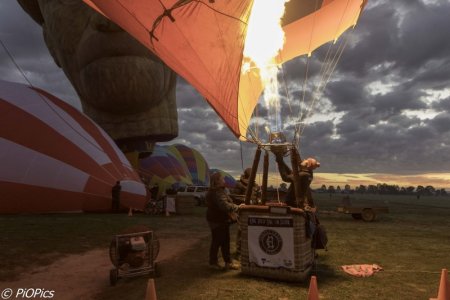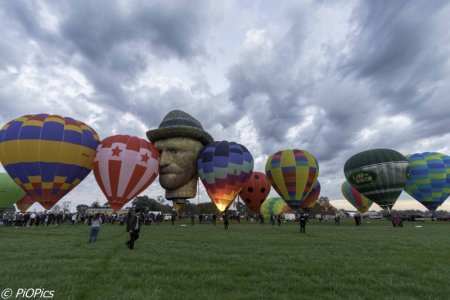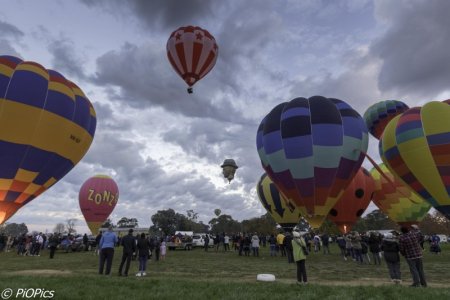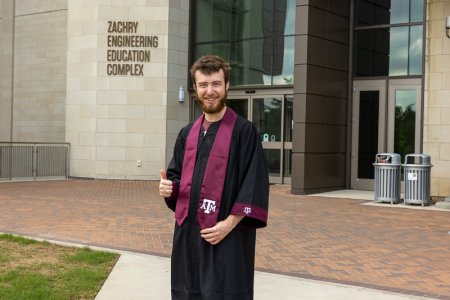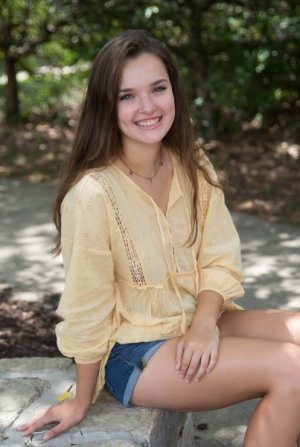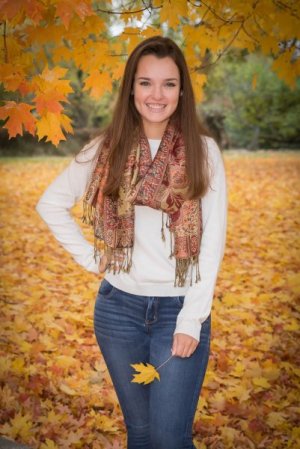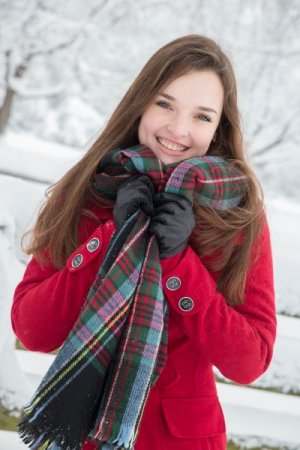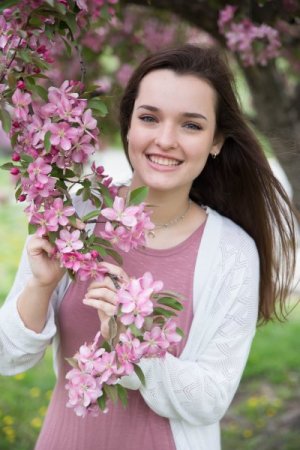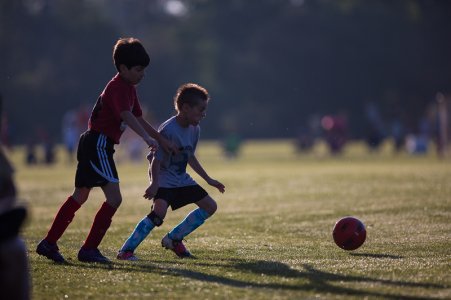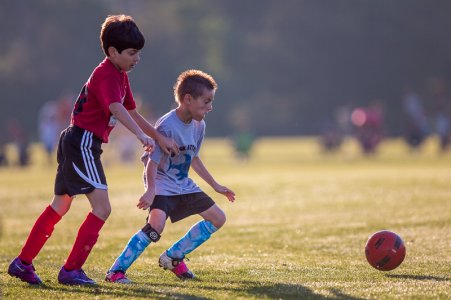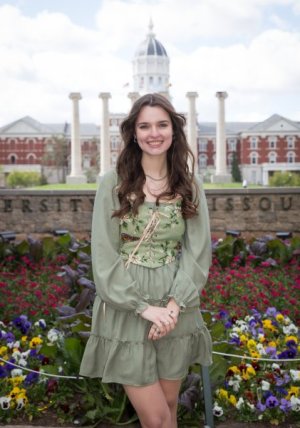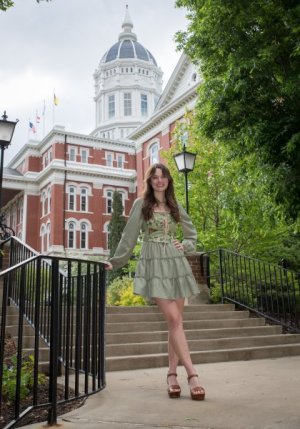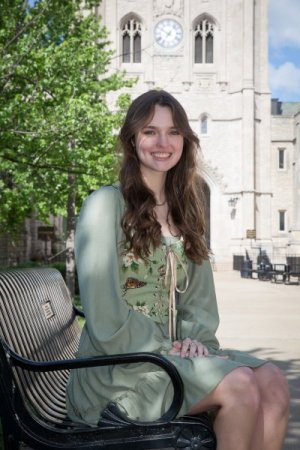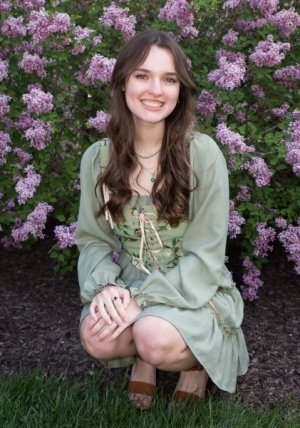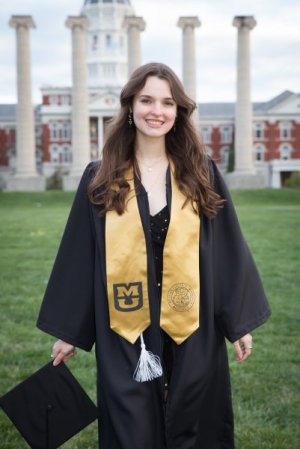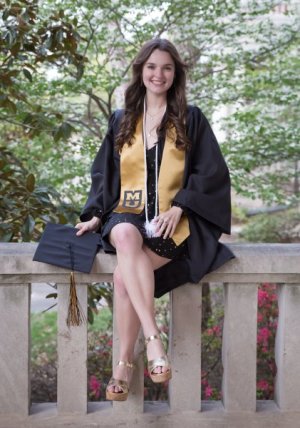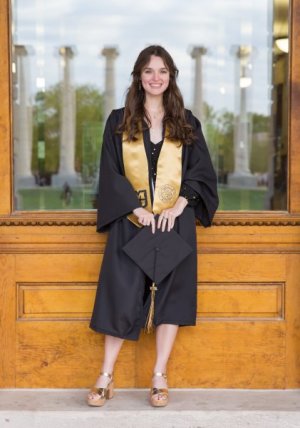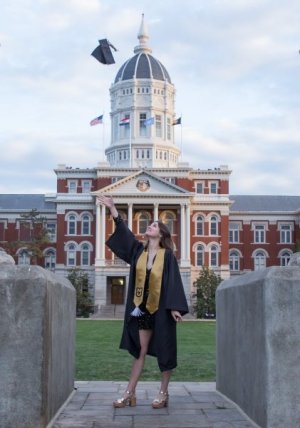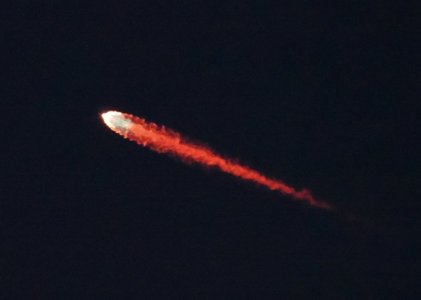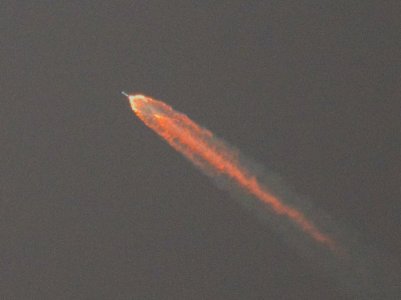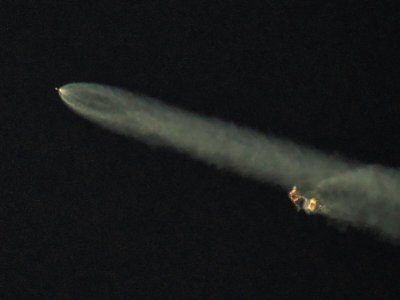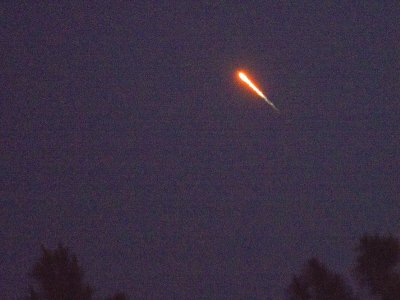Graduation Photos
I've been asked to do a graduation photo shoot soon. I'm not talking about shooting the ceremony. I avoid those droning snorefests like the plague. I'm talking about taking pictures of a graduate around campus. Here are my thoughts.
It's fundamentally another portrait shoot. The same general principles about lighting and composition apply. I'm going to focus on things specific to shooting graduations.
Location - particularly for college students, is important. In most cases, the student has lived on or near campus and spent much of their time on campus but will soon move away. I think it is important to get shots showing them in the campus setting. Where on campus is going to depend on the student and what was important to them. It may include shots at the sports venues, local hangouts, the student center, or even classrooms or buildings. Whatever locations meant something special to the graduate.
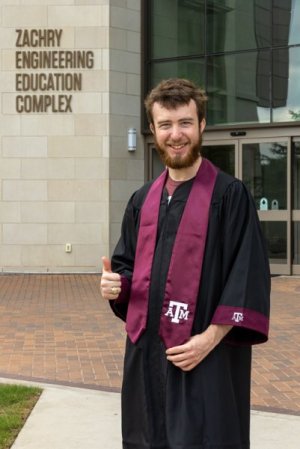 Posse
Posse - people matter. If your subject had a core group of friends at school, make sure that you get some shots with them. This can be hard to coordinate if a lot of these friends are busy with end of college events around the same time you're doing your shoot. Also, if there is a girlfriend/boyfriend, include them in a mix of pictures but be careful to take at least of a few of every important shot without them just in case the relationship doesn't last forever.
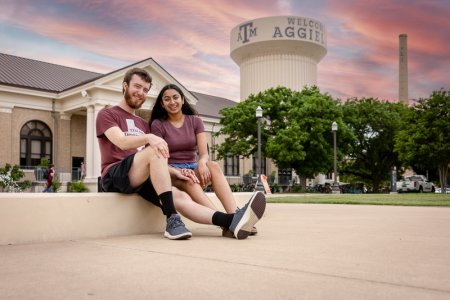
And don't be afraid to completely sacrifice your dignity to get the shots you want. Here I am getting that last shot.
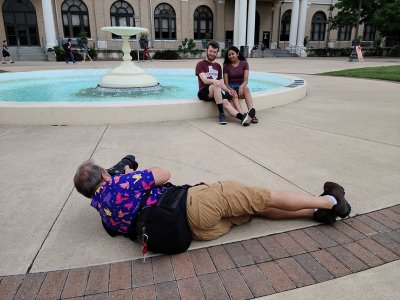 Clothing
Clothing - Obviously, you'll want a graduation gown. Fortunately, these are easy to put on and take off, so pay some attention to what other clothes you might want. And don't forget the graduation cap (or motarboard for those that want to be particular). Assuming that your campus is large and you'll be doing a lot of walking around, have your subject wear tennis shoes and just shoot above the foot level for most of your shots. If they have nice (which usually means uncomfortable) shoes they want in the picture, have them put them on in only key locations.
Echos - If you have shots of the graduate taken on campus at a much younger age, it can be fun to take a similar shot now. It's a great way to show the passage of time.
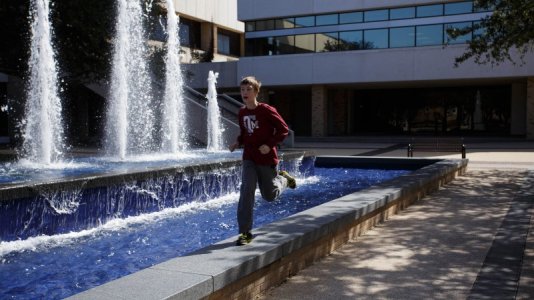
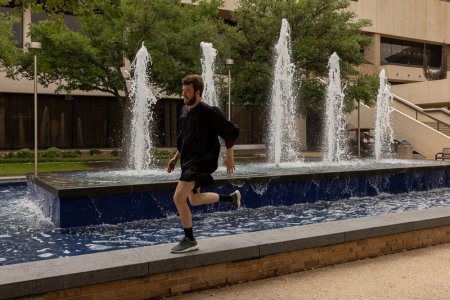 The cap toss
The cap toss - This is one that I prefer to do in post. Unless you are doing it in a grassy area, you'll tear up the cap and you probably won't catch it in a good orientation. Have your subject simulate throwing the cap and then Photoshop it in later. No caps were harmed in the making of this picture.
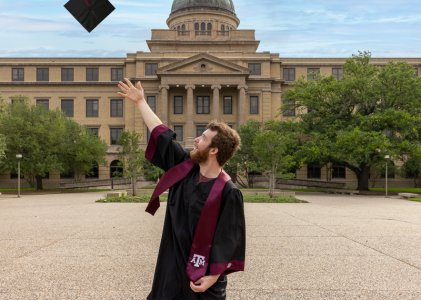 Assistance
Assistance - For shoots like this, I find it invaluable to have help. For me, that's almost always my wife. She allows me to focus on getting the shots while she fusses over clothing, hair, and transporting gear. We usually bring a small foldable wagon like
this one to carry clothes changes, props, and other camera gear.
Lighting - While I like to carry an external flash and
softbox or shoot-thru
umbrella, that's not practical for a lot of cameras. In those cases, I recommend considering a
5-in-1 reflector set. That will allow you to boost the light (or shadows with the black part) on your subject. You can get them relatively cheaply and they work with any camera, including a cell phone camera. They are critical, especially if the light is right. I didn't bring anything to my son's shoot because we didn't have much time for the shoot so I wanted a quick run-and-gun shoot without a lot of shot prep.
Checklist - For important shoots like this, I prefer to have a checklist to work from. You don't want to wrap up the shoot and head home only to forget that the student wanted a mother/daughter shot that you forgot to take. It can also help you with pacing. If you know you have an hour of good light left and 4 more locations to get to, you know that you need to be snappy getting through them. And this can also remind you that you need to be in some shots if you are relevant to the graduate.
Portrait or Landscape - Both are useful and you should shoot some of both. But in general, for a shot like this that is heavily focused on the setting of the subject, I tend to shoot more landscape shots. But when I shoot the landscape shots, I usually shoot them with the thought that I might want to crop them to a portrait shot later. Shoot a bit wider than you think you'll need so that you have room to crop later, both for changing a shot from landscape to portrait and to cover different aspect ratios in case someone wants to display it on their 16:9 screen, their cellphone wallpaper, and an 8x10 print, which will require very different crops.
While I used an expensive camera and lens for this shoot, none of the shots posted here required anything beyond a simple cellphone. There was plenty of light and I didn't need shallow DOF. Don't let a lack of fancy gear scare you off from getting good graduation photos.


 until I saw photos from Facebook friends. I've concluded, without professional equipment, it's impossible to get a good photo in our high school auditorium! From others, including our oldest daughter who uses her phone and ALWAYS gets great shots...
until I saw photos from Facebook friends. I've concluded, without professional equipment, it's impossible to get a good photo in our high school auditorium! From others, including our oldest daughter who uses her phone and ALWAYS gets great shots...












